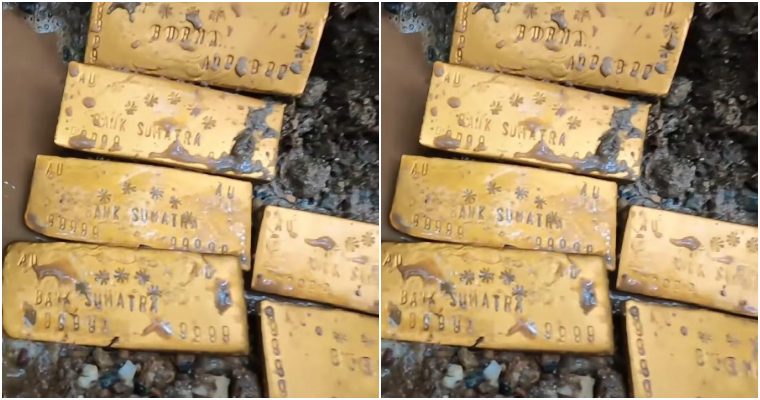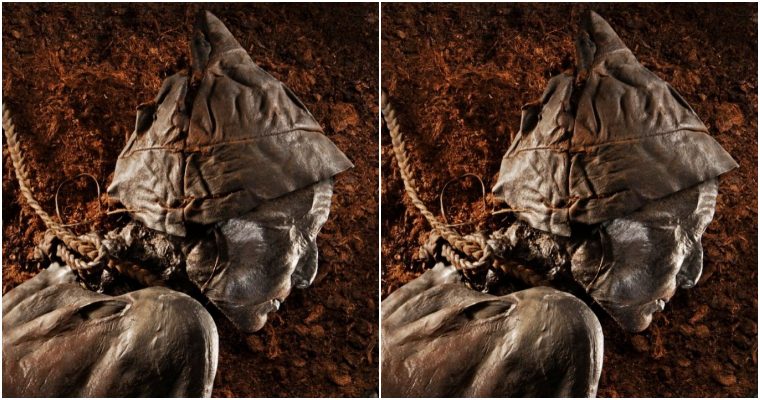The Abusir necropolis, a location several kilometers north of Saqqara, features a collection of sizable shaft tombs belonging to the late 26th dynasty (664-525 BC) and early 27th century BC. For more than three decades, the Czech Institute of Egyptology has been conducting excavations there (525-404 BC).
At this location, the archaeology team under the direction of Miroslav Bárta has just uncovered a significant discovery: a nearly undamaged deposit of embalming supplies.
Experts estimate that the “cache” is the largest discovery of its sort in Egypt and consists of a total of 370 large ceramic storage jars and a few smaller containers.
Multitude of vessels
According to Bárta, “Abusir’s shaft tombs played an essential function as a form of cultural expression of the Egyptian aristocracy in that late era.” They were constructed similarly to the famed burial of Pharaoh Djoser beneath his stepped pyramid.
The vast hole, which was 5.3 by 5.3 meters and more than 14 meters deep and was near to a sizable funerary edifice that has yet to be excavated, housed all the vessels, which contained the relics of numerous materials and tools employed in the mummification process.
The containers were arranged into a total of 14 groups, each at a different depth (4 to 12 meters), and spirally fastened to the pit’s edges. Each of these groupings contained anywhere from 7 to 52 containers.
Unused canopic jars
Four limestone canopic jars with inscriptions, which were used to keep the mummified viscera of the deceased, were also discovered in the well’s highest area.
They were all obviously disused and empty. These vases belonged to a certain Wahibre-mery-Neith, son of the Lady Irturu, according to the words engraved on them.
“Although several dignitaries with this same name are known at this time, none of them can be clearly identified as the owner of these canopic vessels.
Judging by the size of the embalming deposit and, mainly, by the dimensions and layout of the tomb nearby, the owner of the tomb (and we assume that also the deposit) he must have been a high dignitary, just like his famous closest neighbors in the cemetery (and who lived in the same period): Udjahorresnet and General Menekhibnekau,” explains Professor Ladislav Bareš, one of the leading experts.
The archaeological team intends to excavate the funerary edifice connected to the mummification materials’ deposit in 2022.
The vessels will also be thoroughly examined and analysed utilizing the most up-to-date scientific approaches applied to archaeology in an effort to uncover their ancient mysteries.



Video:







